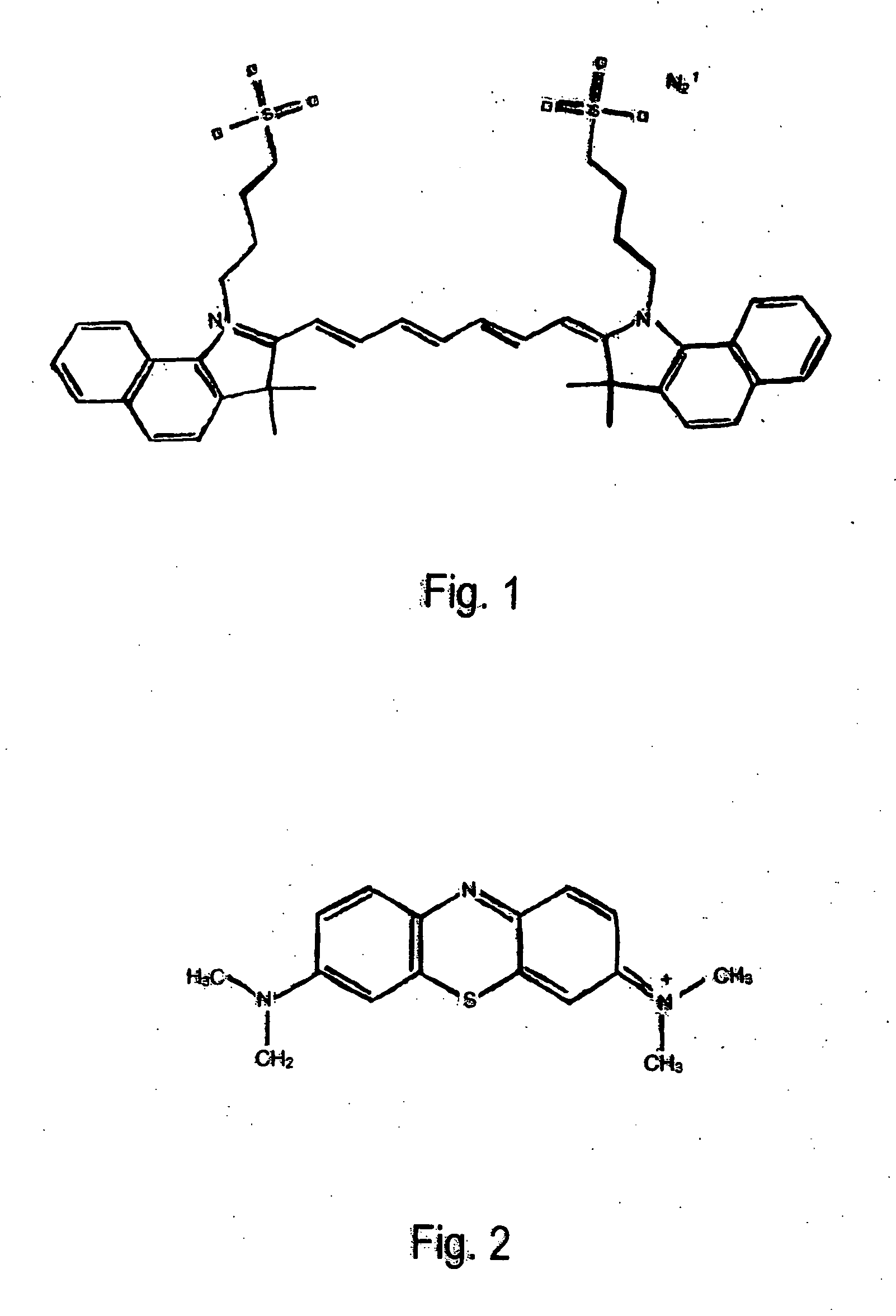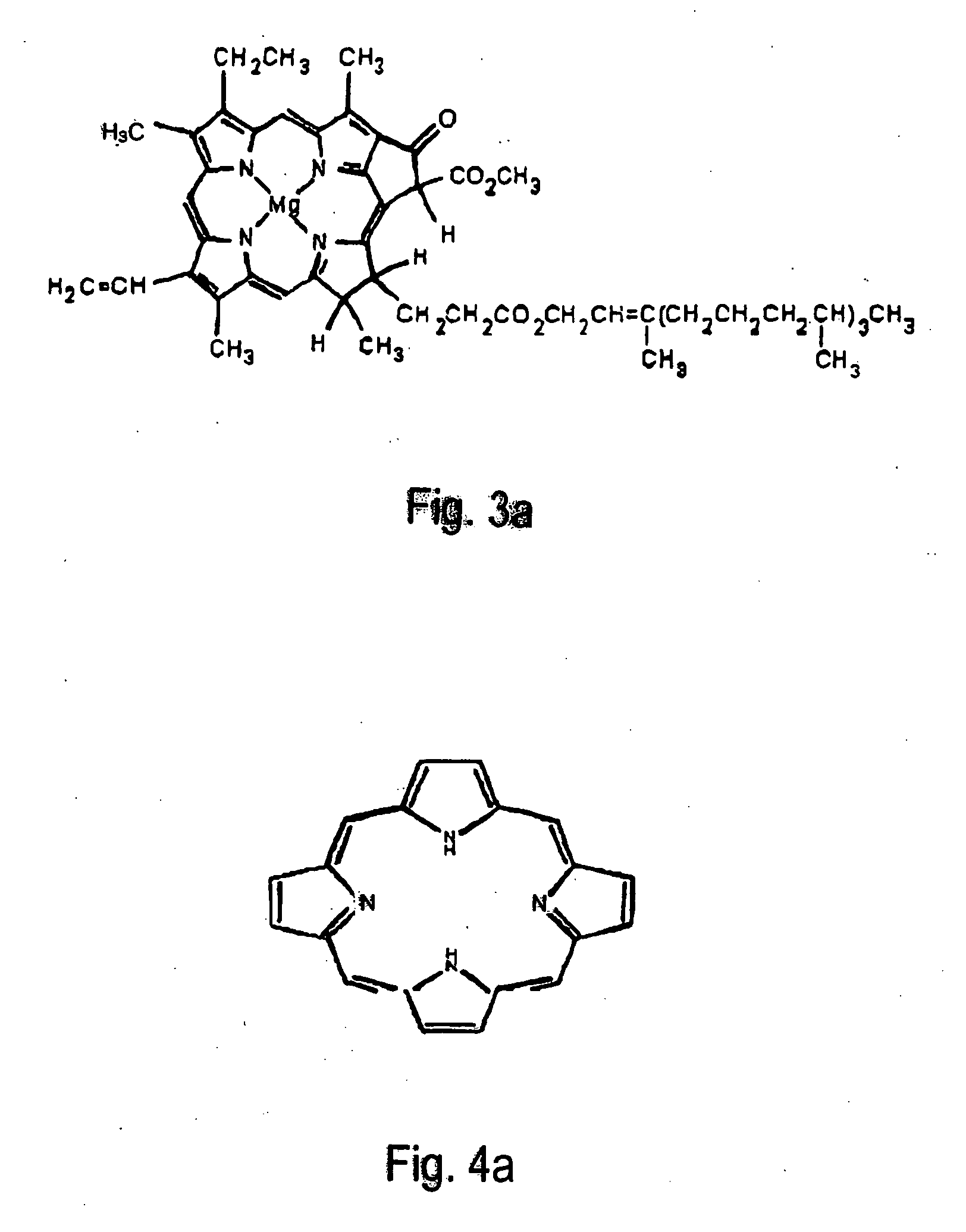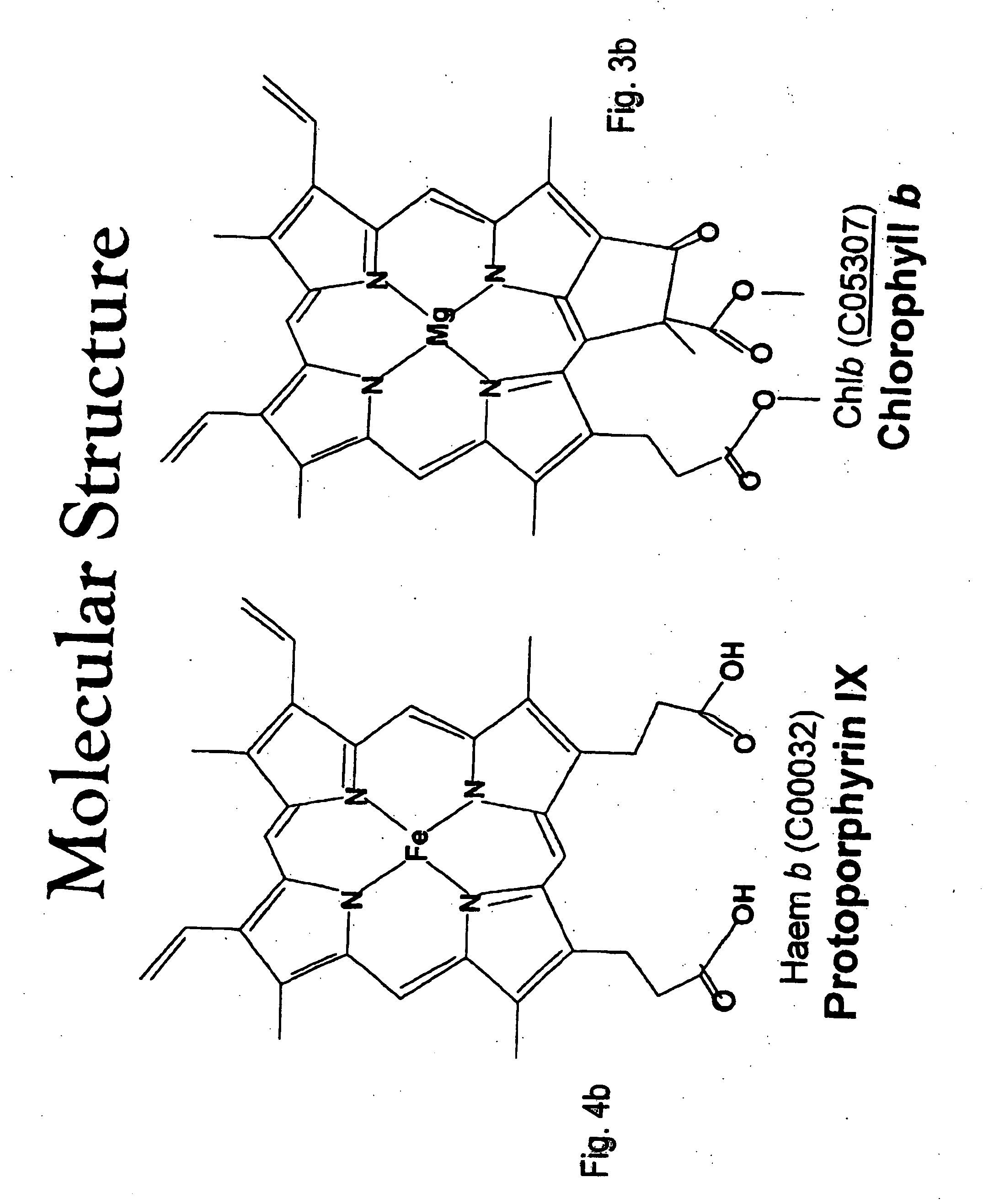Method and apparatus for acne treatment
a technology of acne and treatment methods, applied in the field of system and method for the treatment of sebaceous gland disorders, can solve the problems of severe skin damage or other injury, the anderson method fails to take advantage of the recent developments in light-emitting diode technology, and the place of much more expensive lasers, etc., to achieve the effect of reducing skin barrier function, increasing skin permeability, and enhancing the present invention
- Summary
- Abstract
- Description
- Claims
- Application Information
AI Technical Summary
Problems solved by technology
Method used
Image
Examples
example 1
Acne Reduction—Continuous Treatment
[0143] A team of blinded expert graders viewing before and after photos of patients subjected to the non-ablative LILT (“Low Intensity Light Therapy”) of the present invention score the global improvement of visible acne prominent in the facial area.
[0144] Six females are treated to reduce acne by, first, treating their skin with a topical composition containing about 2.5%, by weight copper chlorophyllin as the active ingredient. The treatment includes subjecting the target area of the patient's skin that has been treated with the topical composition to a filtered fluorescent light operated continously and providing full-face coverage, i.e., the entire face of the patient is subjected to the light from the light source. Three treatments over 12 weeks to the entire face with at a light intensity of 11 milliwatts for 15 minutes per treatment session, resulting in a total energy exposure of 10.0 J / cm2. Thermal injury is produced with blood vessels i...
example 2
Acne Reduction—Pulsed Treatment
[0145] A team of blinded expert graders viewing before and after photos of patients subjected to the non-ablative LILT (“Low Intensity Light Therapy”) of the present invention score the global improvement of visible acne on the facial area.
[0146] Six females are treated for acne by, first, contacting their skin once nightly for each night during the 2 weeks preceding the treatement session with a topical composition containing a mixture of 2.0% chlorophyll a, 2.0% chlorophyll b, and 5% carotenoids as the active ingredients. The laser diode treatment includes subjecting the target area of the patient's skin that has been treated with the topical composition to a laser diode light having a pulse width of 800 msec and a pulse frequency of 1 hz (1 pulse per second). Three pulses are administered. Six treatments over 12 weeks to the entire face with 400 nm laser diode with a 10 cm beam diameter at an intensity ranging 2500 milliwatts / cm2. The average redu...
example 3
Acne and Acne Scarring Reduction Combined Continuous Wave / Pulsed Treatment
[0147] Three females showing active acne and acne scarring in the facial area are tested for improvement in scar prominence, skin texture, and scar visibility before and after receiving treatment in accordance with the non-ablative method of the present invention used in conjunction with a topical composition containing the active ingredient chlorophyll in a carrier suspension of microsponges having a diameter of 5 microns or less. Measurements are taken from by utilizing subjective evaluations conducted by trained medical personnel. The topical treatment includes applying the carotenoid composition containing about 5% carotenoids in a liposome carrier (alternatively, microsponges can be used having an average diameter of 5 microns) to the skin of the facial area and allowing it to penetrate the stratum corneum for approximately 15-20 minutes prior to beginning treatment. The first step in the treatment proce...
PUM
| Property | Measurement | Unit |
|---|---|---|
| emissive wavelength | aaaaa | aaaaa |
| emissive wavelength | aaaaa | aaaaa |
| emissive wavelength | aaaaa | aaaaa |
Abstract
Description
Claims
Application Information
 Login to View More
Login to View More - R&D
- Intellectual Property
- Life Sciences
- Materials
- Tech Scout
- Unparalleled Data Quality
- Higher Quality Content
- 60% Fewer Hallucinations
Browse by: Latest US Patents, China's latest patents, Technical Efficacy Thesaurus, Application Domain, Technology Topic, Popular Technical Reports.
© 2025 PatSnap. All rights reserved.Legal|Privacy policy|Modern Slavery Act Transparency Statement|Sitemap|About US| Contact US: help@patsnap.com



